When COVID-19 hit, NN IP found themselves in the unknown territory of designing large online events. Here Marlie Zuidgeest, Head of Public Relations, and Jeroen Bruckwilder, Head of Digital Marketing, walk through their recipe for success.
How did you end up collaborating with TNW on your digital events?
Jeroen: With COVID coming on, there was more of a focus on digital. There was not only a need for more information but a different way of sharing it. We began to explore the idea of webinars, so I reached out to TNW, who have a distinguished track record in events. We didn’t want some sort of recorded video conference meeting as a webinar, we really wanted to get as close as possible to the actual feeling of a conference or an event; where you discuss and explain things together. And, as you listen to a story as a participant, you know you're not alone.
Did you manage to catch the TNW 2020 conference?
Jeroen: Yes, I did. I must say, it was a plus. So congratulations to TNW in doing this, it had so many different speakers and so much different inspiration.
Normally, part of the fun of such an event is the networking aspect. When you're walking around in the inspiration— instead of sitting at home in your living room. So TNW have had to work out how to make an online event that hopefully doesn’t feel too long. You can get quite far with an hour-long webinar. But if you have a multi-day, virtual event for people at home, the challenge is to make sure that it’s of so much value, that people don’t get distracted by the laundry, or another browser, or their phone.
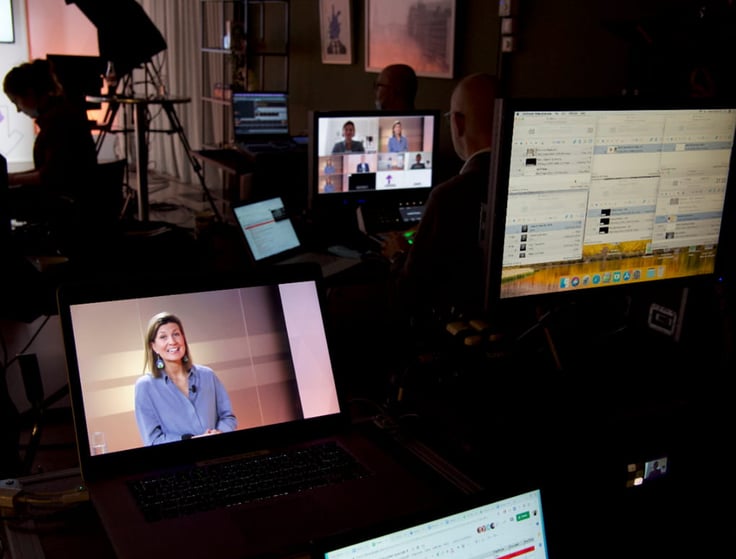
It's funny you mention the networking aspect, because TNW had a chatbox on the side of the TNW stages. But then I noticed that some attendees were quite rude to the speakers; in a way that they probably wouldn't be in ‘real life’. There’s a whole new dimension of human behaviour that we must now consider at conferences, because things have gone digital.
Marlie: That was actually one of the things we spoke about whilst designing the event; if you have an open chat box, everybody can say whatever’s on their mind. Chat boxes are not something that we initially expected to see a lot of interaction with at our digital conferences, because we're in quite a traditional industry. But, we saw a lot of engagement.
The question is, then: do you want to expose everyone to all the comments that are being shared there? Or is that a potential risk to your company's reputation? We chose to have an open chat because it’s more transparent.
Jeroen: I personally believe in adding a bit of that social feeling that comes with a nice event, which an open chat function does. And I'm quite proud that our organization is open for this, as we are an asset manager, which is quite a risk-averse industry. Of course, we moderate the chat and can intervene if needed, but it’s still open. We have trust in ourselves, in the people that we target as attendees, and that it will not lead to negative outcomes. It’s not a completely open environment, as we do target quite a niche group. So the risk is low, but the risk is there.
Yes, and presumably people have their names, so there’s some accountability.
Jeroen: That is true, but on the internet, it's not so uncommon to have a fake identity. You're not treating this as a bank account, where people need to be completely screened before they can enter the webinar. But we do take a few steps to ensure people would come as themselves.
As an asset management platform, you must have extra insight into the economic impact COVID crisis. Has that shaped the way you do your communications?
Marlie: Yes, our environment is very much driven by anything that happens in the economy or in global politics. I'd like to take you back to how we changed our communication strategy, and how it resulted in this event series.
During the initial COVID shock, markets were changing so rapidly, that clients suddenly needed daily updates on the markets and the impact on their portfolio. We saw this huge shift in our marketing and communications activities from our regular marketing agenda.
This meant having to put a lot on hold and focus on what was important for our clients at the moment. And that wasn't our nice sustainability campaign, for example, but instead informing clients about the impact on their assets and giving them confidence that they were in good hands.
Suddenly we were pushing out communications every day, and podcasts every week, which we hadn't done before. It's made us work even closer with our sales, investment, and marketing colleagues. Which created this nice bubble where we can work together very quickly and effectively.
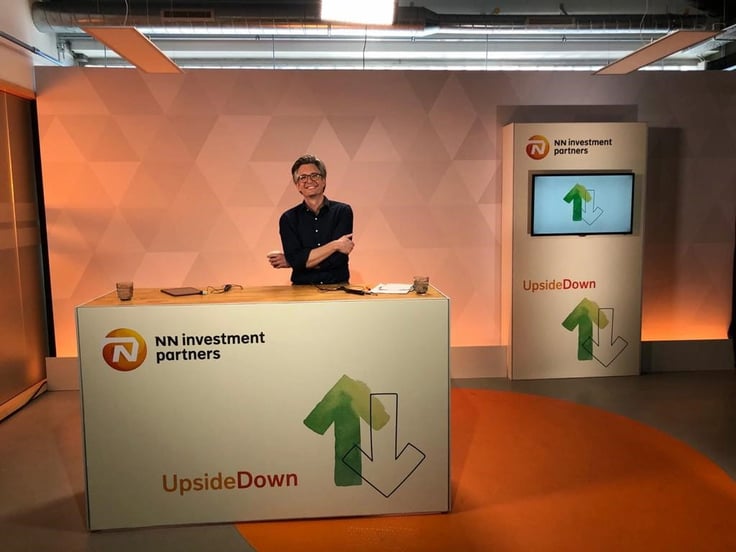
We also noticed that the media wasn't necessarily interested in the topics they were normally interested in, everybody had their focus on COVID, and their editorial calendars changed. We had to give the media the information they needed, rather than solely pushing our own PR agenda— things that we really wanted to be in the paper.
When the initial shock wore off, things became a little bit softer. We found space to decide as a team what to focus on. There’s a risk of covering things you might not necessarily want in your brand positioning if you don’t refocus.
We had to work out how to turn things around, and how to connect to topics that people will have on their minds for a while, with another topic that would help us position ourselves in a way fitting to our brand— to make a big impression and engage our audience.
That brainstorm resulted in a big digital event series that we called Upside Down. Because the world had turned upside down. We wanted to explore how COVID will impact our lives and the economy going forward with our clients and high-profile experts. It gave us a good opportunity to combine client needs with something that is relevant to us as a company.
If you’re organizing an event this year, this might be helpful. We've compiled a list of types of events and examples that caught our attention in 2020.
It must have been difficult for you to park things that you were feeling passionate about and focus on COVID instead.
Marlie: Yes, it was difficult to park some things, but that’s something everybody feels right? It's not superficial, it’s a universal feeling. But you know as a team what's important, so you go for it.
Jeroen: It was indeed the case. Responsible investing for example— we just launched responsible investing reports— which is a key topic for us. On the one hand you’ve got responsible investing, which is about the future of society, and on the other you have the big pandemic, which is affecting us today. Balancing those two communication streams was quite challenging.
What was the setup of your online event series Upside Down like?
Jeroen: The setup of the event consisted of a moderator and a specialist from NN IP located in the Netherlands. So we built a studio at TNW Amsterdam. Then we beamed in renowned specialists from around the world (for example from the United States) depending on the topic, almost like in a news studio. And because we already had the studio and the location, we decided to take advantage of that and do an online press conference with the NN IP specialist. We did this before the actual event, to give the press a bit of a sneak preview.
Do you think you'll still use this format in the future, even after COVID-19 has passed?
Marlie: Well, if you look at it from a journalist’s perspective, I think there are a couple of things to consider. In the first couple of weeks, journalists were very occupied; some media houses were struggling or even closing down, and some journalists were at home without a job. So to interact with journalists in the first place was very challenging. We had to reach out to them proactively, even more than usual, to understand what they were working on and how we could help them. And when that initial shock disappeared, we were in a space where we could organize normal interviews again. That's something that we always did— phone calls with our experts and a journalist.
Before COVID, when I would propose a video call with a journalist it wasn’t comfortable for them; some were a little bit awkward about it. The preferred options were always either email, phone, or face to face. So we would travel to London, for example, to meet journalists.
Then, later, video became a little bit more accepted. I think journalists started looking forward to seeing people again and interacting with them more. So, we initiated team calls, either one-on-one or with the Reuters or the Bloomberg news desk. And that was exciting. I think a lot of people are quite happy to be in that setting again.
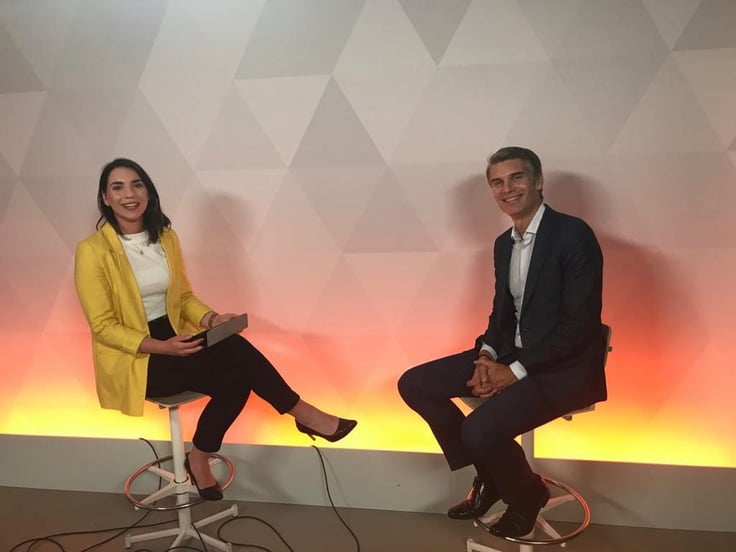
What I do see, if we look at the changing media landscape, is that it’s difficult to reach a big group of journalists with the exact same topic at the exact same time. Recently, I hosted a virtual press conference on a highly specialized topic, via Teams with a very specific set of journalists. I think that format is a little bit more effective in terms of getting actual media coverage.
Whereas the big press conferences, like Upside Down, are better for awareness, visibility, and brand building, but less so in terms of concrete media coverage output. I will still use them if we have something big to share to a bigger audience. But if I look at a specific topic, I will go for a smaller, more private setting, and a more personal form of communication.
What are the challenges of setting up an online press conference?
Personally, or business-wise?
Both!
Marlie: Well I do think that the role as a PR manager changes quite a bit if you have to go fully digital. I had to become comfortable with presenting live, on-screen. For me, it's easier to do things in person and to connect with people on a personal level. And in settings like this, you don't see your audience, and you don't have the opportunity to ask a journalist how his kids are doing. And if you have an anecdote from last time, you can’t turn that into conversation. So I think media-relations-wise, this is quite a challenging setup. I also think journalists were overwhelmed with the number of invites to events, so you really had to stand out to get them to actually join the press conference. You had to find a way to make it more personal.
How do you make it personal in a virtual space?
Well, I think there are several ways. For example, we used to do in-person breakfast sessions with journalists. And then, because we couldn't do that anymore due to COVID, we sent them vouchers to order their breakfast, and then we would have breakfast together. Those kinds of things.
What are some of the advantages of an online press conference?
Marlie: One of the biggest advantages is that you can actually do a press conference for multiple countries at the same time. Recently, I was joined by journalists from six different countries in one conference, and that is, of course, a lot more efficient than traveling to every location in one week. And for me, it's always important that everyone gets the message at the same time so that you have a big bang in the media— this is a great way to do that.
Do you have any advice for brands thinking of doing an online press conference?
Marlie: I think it's even more crucial that you script how you want the event to go. And that's not just for press conferences, but for every kind of digital event. It's live, so you can't really interfere. So it's very important to have proper briefings with the people running the event. If you have a moderator; let them know who should take on which question if there's a Q&A, and set the rules of the game for journalists, like who can go first with questions. There's a lot more involved in the preparation of the actual event.
Jeroen: To add to this, you need preparation, but you also need to test, test, and double test multiple areas. Even more so if you make things in the room a bit more exciting, with multiple people etc, make sure all the technical things are triple-tested. Because if it's live, you must be prepared for something to go wrong and have backup scenarios. But don't panic, because this happens in normal life. Rehearse what you want to bring across; not only the story you want to tell but also the atmosphere, how people look on the cameras, etc.
Marlie: How you look in front of a camera has become a more important topic. Normally there are only a couple of people in a company that do that, for things like TV broadcasts or videos, so they really know how to present themselves on screen.
And it’s quite difficult, right? Now suddenly, a lot of our experts had to become ‘video proof.’ So we started writing guidelines and doing video tutorials to teach people how to look professional in an online meeting or web conference. There’s a lot of prep work involved; testing your light, deciding if you want the logo on the side. It suddenly becomes a whole TV show.
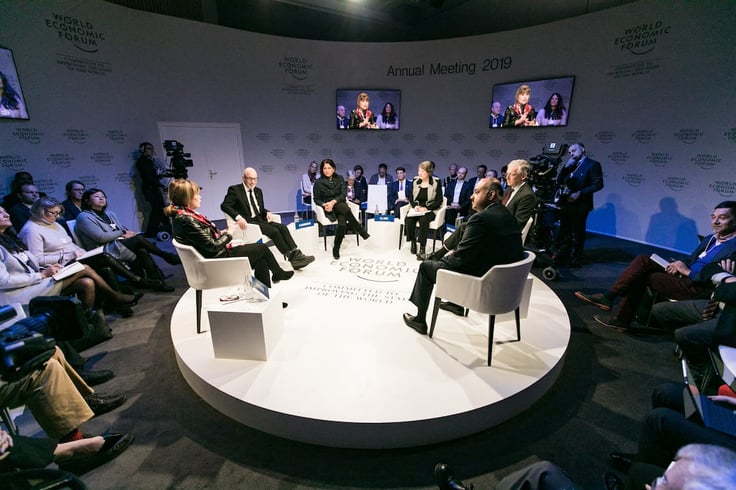
Jeroen: It's the middle way I think, in the current circumstances. It feels a bit strange if you are in your home and it feels like you're in a studio. Nobody has a studio at home, so you don't have to get it completely perfect. But you also don’t want to have dirty laundry showing behind you. So you must pay attention and dress up a bit as you would for a normal event, and look around and make a nice composition. It's easy preparation that signals a lot of professionalism.
Looking for some more inspiration? Here are some tips on how to plan a buzzworthy PR event.
What aspects of PR do you think are going to come back with a bang after COVID is over?
Marlie: That's the million-dollar question. You know, I think PR, in general, rests upon relationship building, if you work with PR agencies like I do. I normally have specific moments in the year where I see them face to face. And for me, that relationship building cannot be done without seeing someone face to face. I think in-person meet-ups will come back. I think events will come back. What we’ll keep is the efficiency we’ve built up in sharing information; being able to react quickly to market developments and the changing needs of clients and journalists.
I’m personally a firm believer in looking ahead and working out what to keep and what to improve. Instead of going back to the old ways, I don't believe in that.
Do you think the PR industry has been impacted significantly by the crisis?
Marlie: If I look at PR as an industry, it’s hard to tell. Lots of agencies have been able to adapt quite quickly to what is now needed, and their business models are changing. But the fact that we need to do more digitally doesn't mean that every company has the in-house resources to deliver. What I see around me is that PR agencies that were originally focused on traditional media have already made that switch to offer additional services. They’ve been quite smart about this.
But specific sectors are badly hit, like I’d imagine the travel or leisure sector are facing more challenging times. But that's purely because of the industry itself, not PR as a discipline. If you look at the travel industry for example, it’s quite likely that their PR teams have had much more work in the last six months than they would have ever imagined. There's a more different work to do that requires different types of skills, but not necessarily less PR.
If you’re having trouble convincing your boss that your work is important, look no further. Here are ten reasons PR became essential during the pandemic.
Marlie is Vice President, Head of Client Communications EMEA at Goldman Sachs. Formerly the Head of Public Relations at NN Investment Partners, Marlie has an impressive career trajectory, focusing on strategic marketing, reputation management, and media relations. With over 8 years of experience in the finance industry, she specializes in managing brand reputation, corporate communications, and public relations.. Connect on LinkedIn or send an email



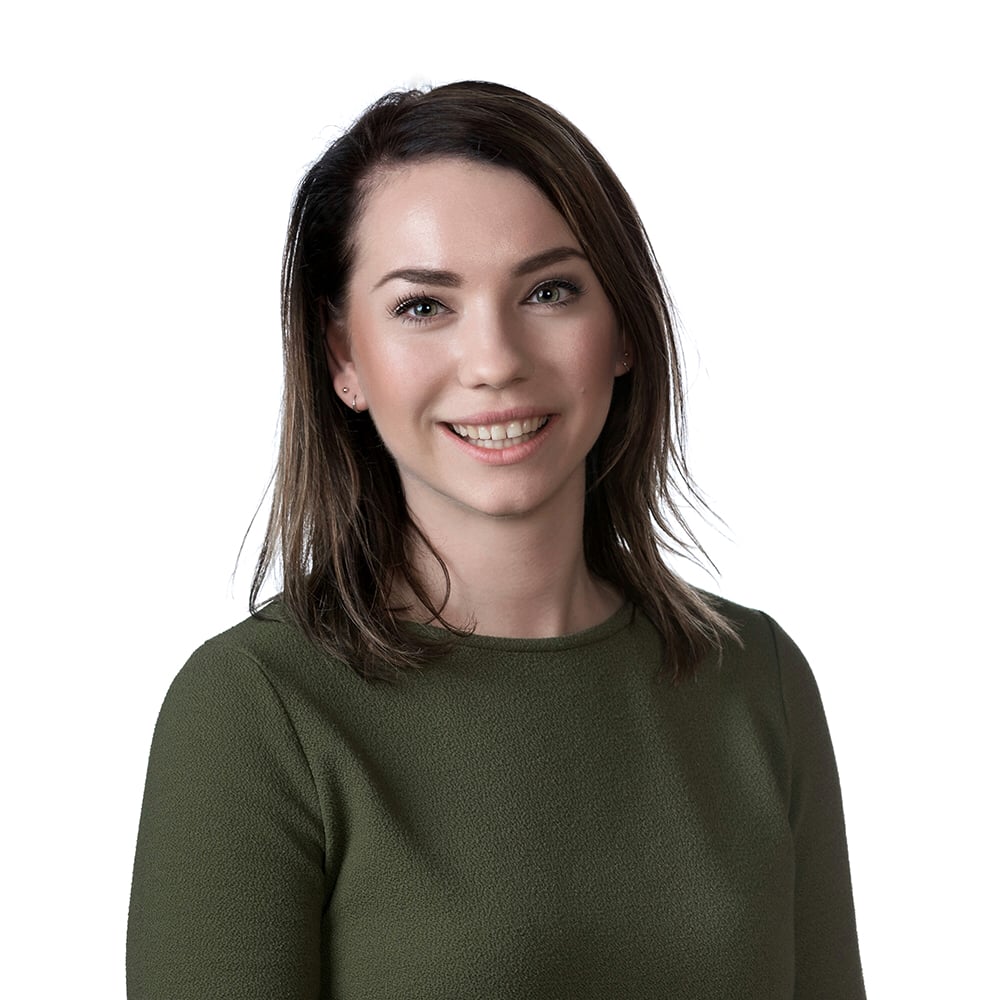

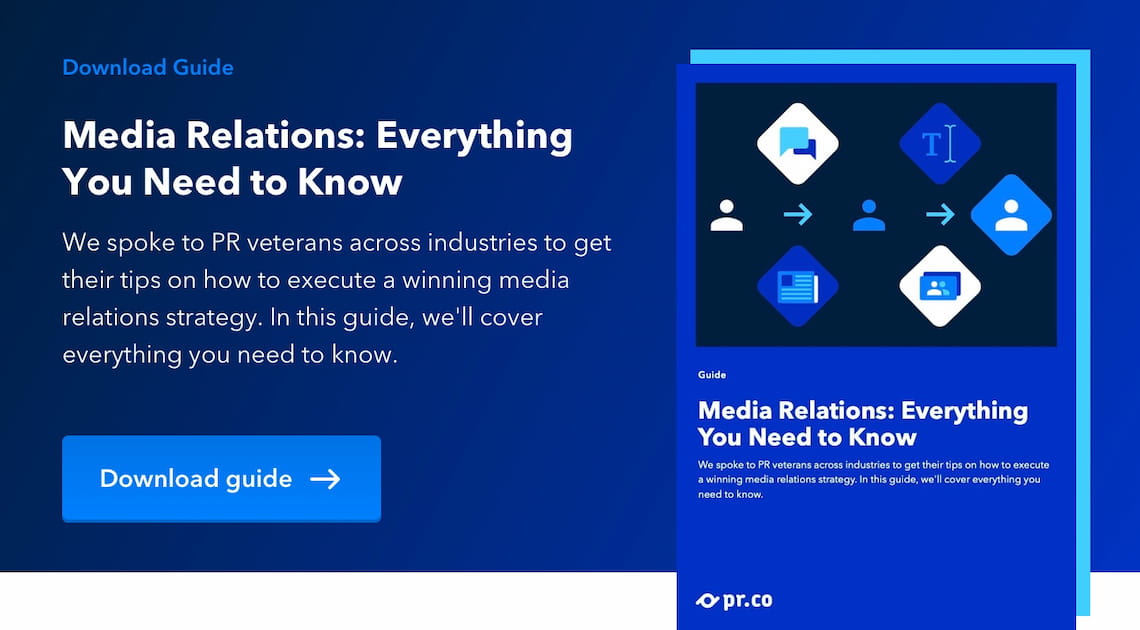

.jpg)